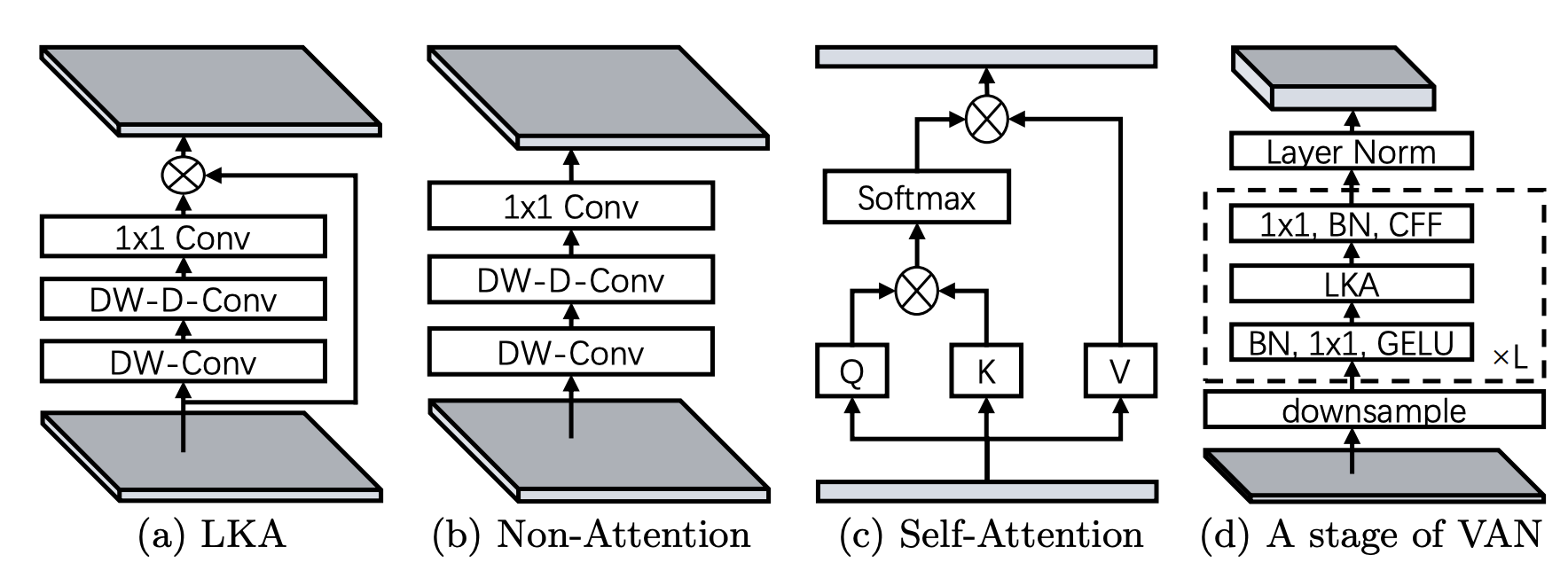* toctree * not-doctested.txt * collapse sections * feedback * update * rewrite get started sections * fixes * fix * loading models * fix * customize models * share * fix link * contribute part 1 * contribute pt 2 * fix toctree * tokenization pt 1 * Add new model (#32615) * v1 - working version * fix * fix * fix * fix * rename to correct name * fix title * fixup * rename files * fix * add copied from on tests * rename to `FalconMamba` everywhere and fix bugs * fix quantization + accelerate * fix copies * add `torch.compile` support * fix tests * fix tests and add slow tests * copies on config * merge the latest changes * fix tests * add few lines about instruct * Apply suggestions from code review Co-authored-by: Arthur <48595927+ArthurZucker@users.noreply.github.com> * fix * fix tests --------- Co-authored-by: Arthur <48595927+ArthurZucker@users.noreply.github.com> * "to be not" -> "not to be" (#32636) * "to be not" -> "not to be" * Update sam.md * Update trainer.py * Update modeling_utils.py * Update test_modeling_utils.py * Update test_modeling_utils.py * fix hfoption tag * tokenization pt. 2 * image processor * fix toctree * backbones * feature extractor * fix file name * processor * update not-doctested * update * make style * fix toctree * revision * make fixup * fix toctree * fix * make style * fix hfoption tag * pipeline * pipeline gradio * pipeline web server * add pipeline * fix toctree * not-doctested * prompting * llm optims * fix toctree * fixes * cache * text generation * fix * chat pipeline * chat stuff * xla * torch.compile * cpu inference * toctree * gpu inference * agents and tools * gguf/tiktoken * finetune * toctree * trainer * trainer pt 2 * optims * optimizers * accelerate * parallelism * fsdp * update * distributed cpu * hardware training * gpu training * gpu training 2 * peft * distrib debug * deepspeed 1 * deepspeed 2 * chat toctree * quant pt 1 * quant pt 2 * fix toctree * fix * fix * quant pt 3 * quant pt 4 * serialization * torchscript * scripts * tpu * review * model addition timeline * modular * more reviews * reviews * fix toctree * reviews reviews * continue reviews * more reviews * modular transformers * more review * zamba2 * fix * all frameworks * pytorch * supported model frameworks * flashattention * rm check_table * not-doctested.txt * rm check_support_list.py * feedback * updates/feedback * review * feedback * fix * update * feedback * updates * update --------- Co-authored-by: Younes Belkada <49240599+younesbelkada@users.noreply.github.com> Co-authored-by: Arthur <48595927+ArthurZucker@users.noreply.github.com> Co-authored-by: Quentin Gallouédec <45557362+qgallouedec@users.noreply.github.com>
4.3 KiB
VAN

This model is in maintenance mode only, we don't accept any new PRs changing its code.
If you run into any issues running this model, please reinstall the last version that supported this model: v4.30.0.
You can do so by running the following command: pip install -U transformers==4.30.0.
Overview
The VAN model was proposed in Visual Attention Network by Meng-Hao Guo, Cheng-Ze Lu, Zheng-Ning Liu, Ming-Ming Cheng, Shi-Min Hu.
This paper introduces a new attention layer based on convolution operations able to capture both local and distant relationships. This is done by combining normal and large kernel convolution layers. The latter uses a dilated convolution to capture distant correlations.
The abstract from the paper is the following:
While originally designed for natural language processing tasks, the self-attention mechanism has recently taken various computer vision areas by storm. However, the 2D nature of images brings three challenges for applying self-attention in computer vision. (1) Treating images as 1D sequences neglects their 2D structures. (2) The quadratic complexity is too expensive for high-resolution images. (3) It only captures spatial adaptability but ignores channel adaptability. In this paper, we propose a novel large kernel attention (LKA) module to enable self-adaptive and long-range correlations in self-attention while avoiding the above issues. We further introduce a novel neural network based on LKA, namely Visual Attention Network (VAN). While extremely simple, VAN outperforms the state-of-the-art vision transformers and convolutional neural networks with a large margin in extensive experiments, including image classification, object detection, semantic segmentation, instance segmentation, etc. Code is available at this https URL.
Tips:
- VAN does not have an embedding layer, thus the
hidden_stateswill have a length equal to the number of stages.
The figure below illustrates the architecture of a Visual Attention Layer. Taken from the original paper.

This model was contributed by Francesco. The original code can be found here.
Resources
A list of official Hugging Face and community (indicated by 🌎) resources to help you get started with VAN.
- [
VanForImageClassification] is supported by this example script and notebook. - See also: Image classification task guide
If you're interested in submitting a resource to be included here, please feel free to open a Pull Request and we'll review it! The resource should ideally demonstrate something new instead of duplicating an existing resource.
VanConfig
autodoc VanConfig
VanModel
autodoc VanModel - forward
VanForImageClassification
autodoc VanForImageClassification - forward